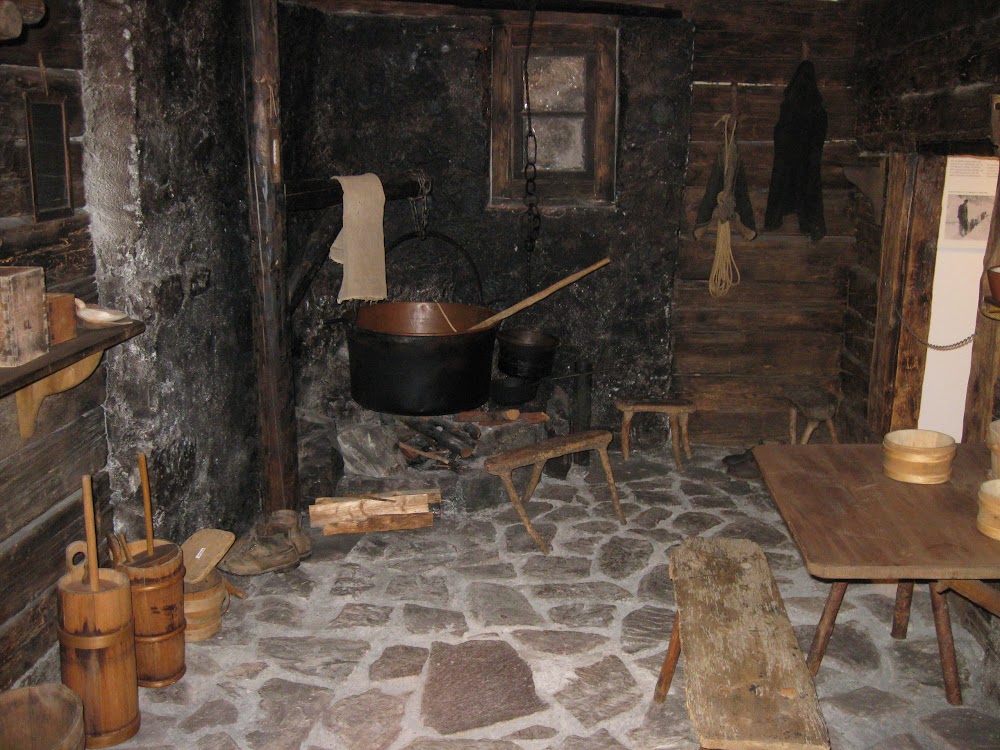Schellenberg Ruins (Ruine Schellenberg)
Overview
Nestled in the serene countryside of Ruggell, Liechtenstein, the **Obere Burg**, also known as the **Schellenberg Ruins**, unfolds a tale of medieval grandeur and strategic military significance. These evocative remnants whisper stories of knights, lords, and territorial conflicts that defined an era long past.
Historical Significance
Constructed in the early 13th century, Obere Burg emerged during a time when the Holy Roman Empire was a patchwork of semi-independent territories ruled by various princes and lords. Its strategic hilltop location offered commanding views over the surrounding valley and the Rhine River, making it a vital stronghold for monitoring and controlling essential trade routes in the region.
Architectural Evolution
Initially a modest fortress built from local stone, Obere Burg featured thick defensive walls, tall watchtowers, and a sturdy gatehouse, all designed to protect against invaders. Over the years, the castle complex expanded, evolving by the mid-13th century into a small, self-sustaining community that included residential quarters, a chapel, a keep, and various outbuildings for storage and workshops.
Construction techniques of the time utilized local materials and skilled craftsmanship. Stone masons meticulously carved blocks to fit seamlessly together, while mortar was created from local lime. The architectural style combined elements of Romanesque and early Gothic design, showcasing both strength and beauty through rounded and pointed arches.
Political Context
The nobility residing in Obere Burg played a pivotal role in regional politics, often finding their loyalties tested by powerful neighbors, which led to periods of siege and conflict. The castle’s robust design reflects this tumultuous history, with fortifications tailored not only for defense but also for everyday life within its walls.
Decline and Abandonment
As the 14th century approached, shifts in political power and advancements in military technology rendered many hilltop castles like Obere Burg obsolete. The introduction of cannons, capable of breaching stone walls, diminished the fortress's defensive capabilities. Coupled with the growing financial burden of maintaining such extensive structures, many noble families gradually abandoned their strongholds.
By the 16th century, nature began to reclaim Obere Burg. Crumbling stone walls, collapsing roofs, and encroaching vegetation enveloped the once-bustling courtyards and halls. However, local folklore kept the memory of the castle alive, with tales of ghosts and ancient battles passed down through generations.
Rediscovery and Preservation
In the 20th century, archaeologists and historians reignited interest in Obere Burg, leading to excavations and preservation efforts that unveiled much about its construction and history. Artifacts such as medieval pottery, tools, and remnants of armor provide a glimpse into the lives of its former inhabitants. Conservation projects have aimed to stabilize the remaining structures, ensuring that future generations can witness this window into Liechtenstein's feudal past.
Visiting the Ruins
Today, the Schellenberg Ruins stand as a poignant historical landmark. Visitors can wander among the remnants of stone walls, peer through ancient archways, and imagine the castle in its prime. Interpretive signs offer context and information, enriching the experience of exploring the ruins while weaving the rich tapestry of history they represent.
Obere Burg serves as a testament to the region's medieval heritage, a silent witness to centuries of change, conflict, and community. Through its ruins, one can trace the arc of history, from the zenith of medieval power to the reflective quiet of modern times, embodying the enduring spirit of Liechtenstein's cultural and historical landscape.







